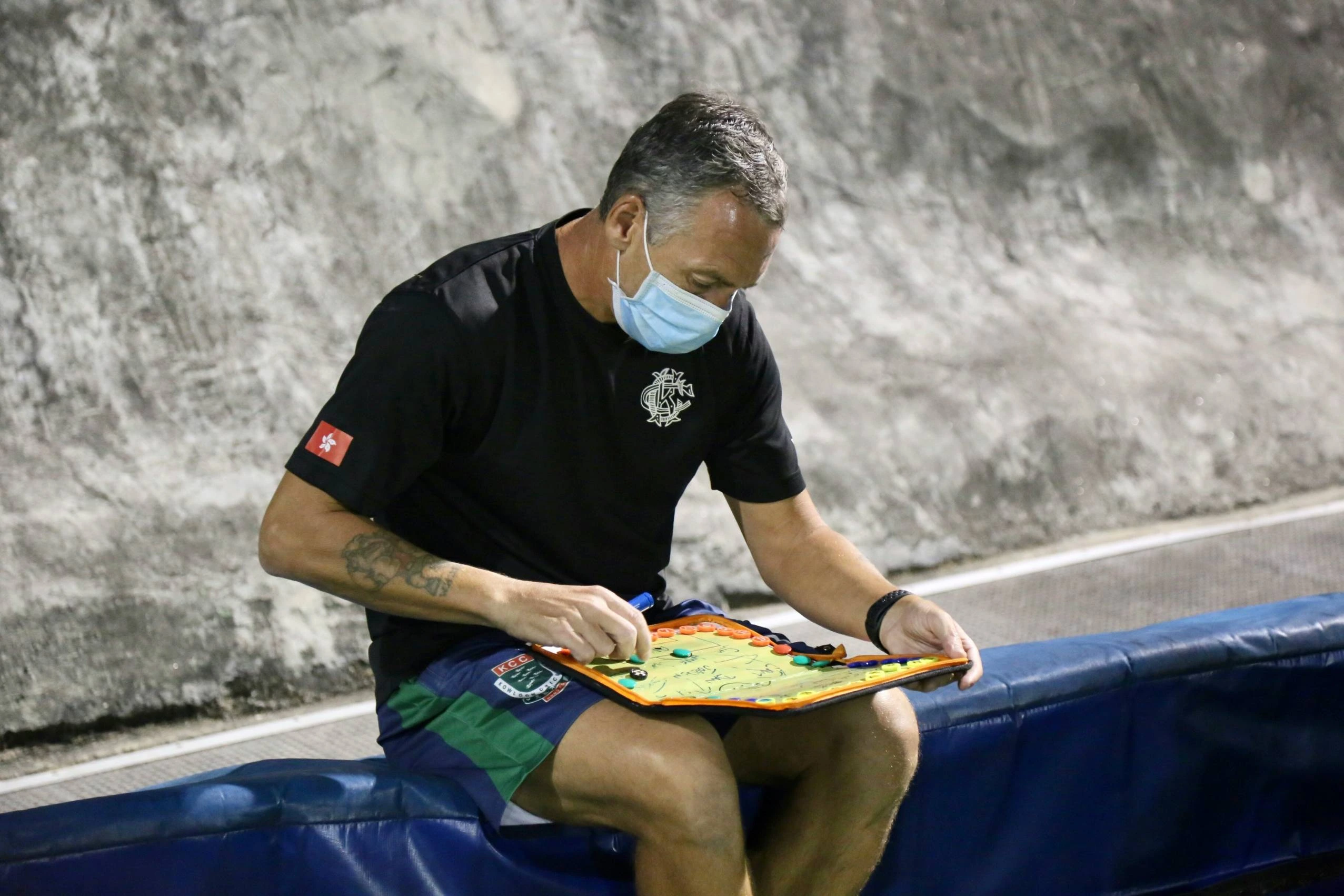Football is 22 players pursuing a ball. It’s chess in a more refined and intellectual game, and where tactical revolution has built dynasties, defined eras, and redefined the way we think about the game. In this piece, we explore the fascinating development of football tactics over the decades.
The Evolution of Tactical Thought in Football
When football first started as an organized game around the turn of the 19th century, strategy was primitive at best. The original formation was the “Pyramid” or the 2-3-5 with two center halves, three center midfielders, and five strikers. It was an attacking play style that reflected the early emphasis on individual ball control and forward play in football.
In these formative years, teams were more interested in outscoring competitors than defense solidity. Organized tactical planning was a foreign concept that did not actually exist on the field, and managers used instead individual genius at the expense of organisational concepts.
The First Tactical Revolution: Herbert Chapman’s WM Formation
The initial major tactical development was when Arsenal’s Herbert Chapman introduced the formation of WM (3-2-2-3) in the 1920s. This was following changes to the offside law in 1925. The forwards were now lined up behind and in front of them by three defenders but were reduced to two.
Chapman’s development was groundbreaking because:
- It marked the start of the “stopper” center-half to restrict the danger of the other center-forwards
- It established a more even balance between defence and attack
- It placed emphasis on counter-attacking as a tactic rather than continuous forward pressure
This was the first occasion that a manager had deliberately made changes in tactics in response to changes in the rules, and it became a precedent which would become de rigueur during football’s history.
The Rise of Systematic Approaches: 1950s-1960s
The 1950s were the era when more and more sophisticated tactical systems were being developed. Ferenc Puskás’s Hungarian “Magical Magyars” made famous a free-flowing 2-3-3-2 approach that bewildered their opponents with movement and positional switching. Their 6-3 victory over England in 1953 at Wembley is famously recalled as the match that made the English rethink their tactical approach.
Brazil and the 4-2-4
The Brazilian team further refined the art of football with their 4-2-4 system, which they used to triumph in the 1958 World Cup. This system:
- Incorporated a defender for defensive solidity
- Incorporated dynamic wing play by Zagallo and Garrincha
- Gave freedom to the forward creativities of players like Pelé
This system blended attacking flair and defensive solidity, something which would prove ever more important as tactical thinking advanced.
The European Influence: Total Football and Catenaccio
The 1960s and 1970s saw two opposing European tactics that would greatly impact the game:
Catenaccio: The Italian Defensive System
Inter Milan with Helenio Herrera perfected the “Catenaccio” (door-bolt) style in the 1960s, emphasizing:
- A “libero” or sweeper at the rear of a defensive line of players
- Man-marking hard all over the pitch
- Intentional defensive positioning
- Earth-shattering quick counter-attacks
This style was all about defensive solidity above all else, on the premise that “if they don’t score, we can’t lose.” Inter won consecutive European Cups in 1964 and 1965 playing this style.
Total Football Tactics: The Dutch Revolution
On the other hand, Ajax and the Netherlands national team developed “Total Football” under Rinus Michels with Johan Cruyff as its on-field conductor. This philosophy entailed:
- Complete positional flexibility whereby any outfield player could play any position
- High pressing throughout the field
- Technical football based on possession
- Ongoing movement to create passing angles
Total Football was a revolution in tactics where the team took priority over specific individual roles. The Dutch, despite never winning the World Cup with this formation (again being runners-up in 1974 and 1978), brought about tactical masterminds who irrevocably transformed the football world.
The Modern Era Takes Shape: 1980s-1990s
The 1980s and 1990s saw tactical evolution speed up with the following key developments:
Arrigo Sacchi’s Milan Revolution
Arrigo Sacchi’s AC Milan in the late 1980s set new standards based on concepts at the heart of contemporary tactical theory:
- Zonal marking in place of man-marking
- Pressing the other side’s half vigorously
- Defence and attack having little room between well-organised defensive lines
- The offside trap as a defence strategy
Sacchi’s reforms were so excellent because they came into Italy, the kingdom of Catenaccio. His Milan sides won back-to-back European Cups in 1989 and 1990 as they revolutionized defensive organization.
The Development of the Modern Football Tactics 4-4-2
Though the 4-4-2 shape had been around before, it then became the general tactical shape of the 1990s, particularly in England. The system provided:
- Balanced coverage of the pitch
- Clear-cut positional roles
- Two strikers up front
- Midfield width
The simplicity and effectiveness of the 4-4-2 meant that it was employed as the default choice formation by most of the great teams, if not least Manchester United during their glory years under Sir Alex Ferguson.
The Possession Revolution: Guardiola’s Barcelona
The tactical revolution that arguably had the most impact on contemporary football started with Pep Guardiola’s Barcelona side between 2008-2012. Drawing on the ideas of Johan Cruyff and the technical emphasis of La Masia’s youth academy, Guardiola’s Barcelona used a style that was marked by:
- Prolonged ball retention (often over 70% throughout games)
- Positional play with designated zones for each player
- Rushing immediately they lost possession (the legendary “six-second rule”)
- Numerical surpluses in key zones of the pitch
This Xavi, Iniesta, and Messi Barcelona team, within four seasons, amassed 14 major honors and redefined the manner in which coaches and players understood controlling games with possession.
The Counter-Revolution: Pressing Systems
When other clubs attempted to copy Barcelona’s possession football, a reaction movement formed that was committed to exposing the Achilles heel of possession football. Jürgen Klopp’s “Gegenpressing” (counter-pressing) at Borussia Dortmund and later Liverpool is the very embodiment of this movement:
- High-intensity pressing as soon as one has lost possession
- Vertical, direct attacks after gaining possession in attacking positions
- Rapid transitions rather than building slowly
- Fitness as a tactical resource
Diego Simeone’s Atlético Madrid also constructed a template of defensive cohesion and rapid transitions, a testament that there were various other tactical paths to winning the game today.
Modern Football Tactics And Flexibility
Today’s best teams have such unprecedented tactical flexibility that the majority of their coaches employ a range of various different formations and styles to play based on the opponent team and the situation in the game. Managers like Guardiola, Klopp, and Thomas Tuchel have demonstrated that:
- The formations become fluid and change quite often multiple times during a single game
- There can be more than one position able to play to cover for that
- Tactical planning relies heavily on the study of statistics
- Set pieces are today high-tech tactical battlefields
The emergence of “pressing triggers” (certain moments that indicate when to press), “rest defense” (best positioning when one has possession in order to avoid counter-attacks), and sophisticated build-up patterns illustrates how advanced modern tactical thought has become.
The Development of Inverted Full-Backs and Positional Play
The most significant recent tactical innovation has maybe been the use of inverted full-backs—wingers who make runs into central midfield areas when in possession for their side. The concept, introduced at Manchester City by Guardiola with the likes of João Cancelo, has:
- Made numerical superiority in build-up phases easier
- Allowed teams to take up central space without losing width via wingers
- Reduced vulnerability to counter-attack
- Added complexity to attacking formation
Similarly, the concept of “positional play” (Juego de Posición) has also formed the basis of the Football tactics of the majority of top clubs, with strict rules on positioning to find the optimal passing angles and lengths between players.
What Is The Future Of Football Tactics?
Football tactics continue to evolve at a mind-boggling rate. Some of the trends that may shape the next generation of Football tactics are:
- Increased positional flexibility with the traditional positions less relevant
- Increased physical effort with players traveling further at intensities greater than typically encountered
- Increased data-based tactical methods
- Increased specialization in set-piece organization and implementation
As football increasingly becomes scientific in its approach towards tactics, the struggle between systematic form and creative freedom is the most difficult and fascinating contradiction of the game.
Conclusion: The Strategic Development of Football Tactics Keeps Unfolding
The development of football tactics conforms to typical patterns in society: greater differentiation, technological change, and data-driven decision-making. However, football remains foremost a game of imagination, excitement, and risk.
The best tactical minds from Herbert Chapman through to Pep Guardiola have always understood the concept that tactics need to be the method for defining the players themselves and not strictures. The best methods achieve just the right amount of balance between tactical severity and latitude.
As we look into the future, the tactical development of football will certainly leave us stunned and bewildered. The next tactical revolution of the beautiful game in the future might already be in the process of being created in training sessions or in the mind of some mastermind coach somewhere in the world.
What have you noticed as the prevailing tactical trends in football today? Possession football or counter-attacks? Let us know your thoughts in the comments below.
Find out how football tactics have developed from the Pyramid formation to the contemporary Gegenpressing in this in-depth analysis of the beautiful game’s tactical development.
A dedicated tactical analyst with over 10 years of experience studying European football’s elite leagues. Imran follows the Premier League, La Liga, Serie A, and Bundesliga with particular focus on managerial systems and tactical evolution. Watching 2-3 matches weekly across these competitions, he has developed deep insights into how different coaching philosophies translate across leagues and cultures. At Latest in Football, Imran specializes in breaking down complex tactical decisions and managerial appointments for everyday football fans.




